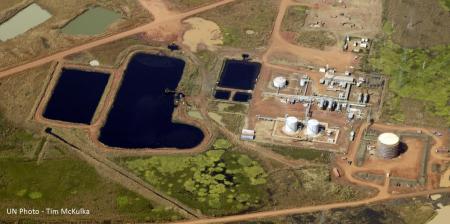 |
| Image Source: freeenterprise.com |
This updated proposal was formulated based on feedback on the 2012 initial draft proposal. The highlights single out the importance of sticking to safety standards; enhancing coordination between tribal and federal safety, and upholding flexibility for oil and gas developers.
The New York Times says that under the updated rule, oil companies can keep some components of their drilling fluids secret. They can also run integrity tests on a representative well instead of all wells in a fluid wherein construction methods are the same.
 |
| Image Source: discovermagazine.com |
While the Obama administration’s intention is to promote responsible energy production and safety and environmental protection on public lands, some environmental advocacy groups and industry officials were critical of the proposed rules.
Kathleen Sgamma, vice president of government affairs for Western Energy Alliance, an association of oil companies, remarks that the government fails to justify the economic and scientific aspects of the proposal. Rather, it outwits states and tribes, decreases job creation, and hampers economic advancement.
 |
| Image Source: centerforabetterlife.com |
No matter what the public speculates about the proposal, there is one thing that everyone must work on: working together with and toward best practices for drilling and protecting human health and the environment.
Dr. Ali Ghalambor has written several significant references on hydraulic fracturing. To access more resources about the topic, follow this Twitter account.




















